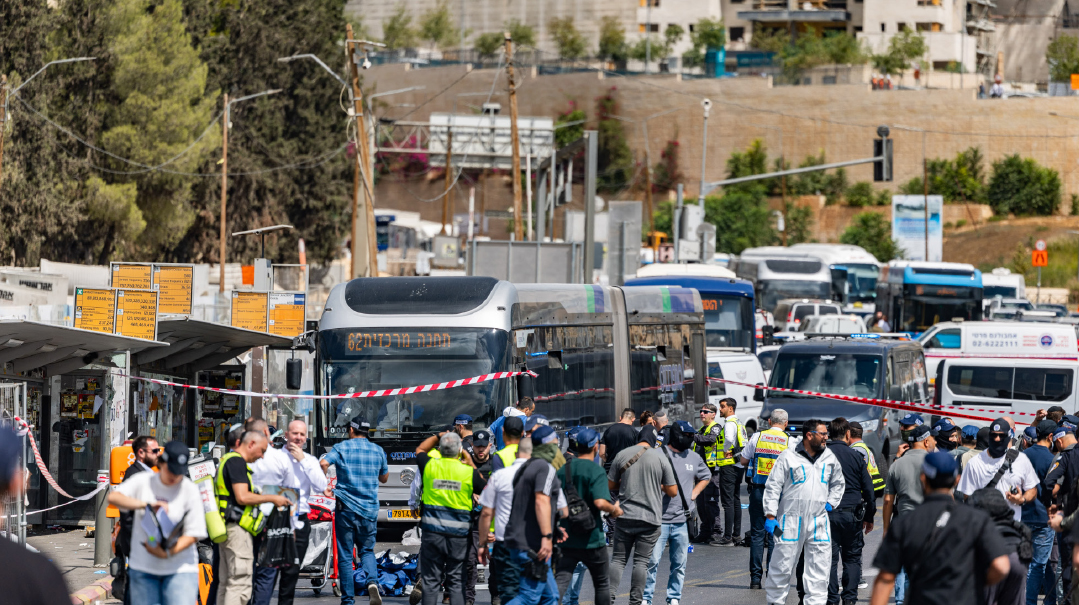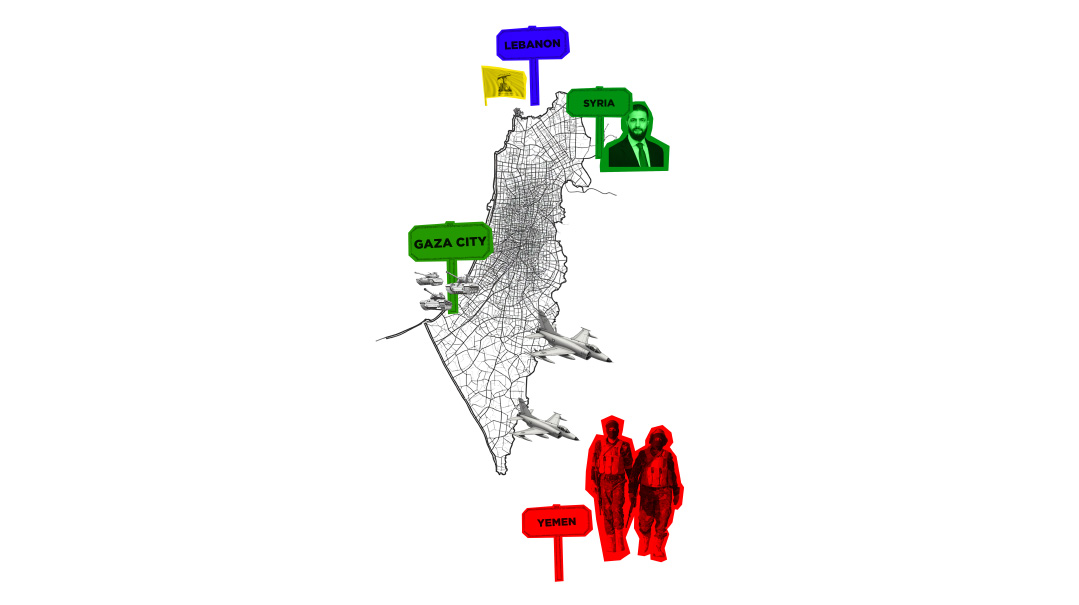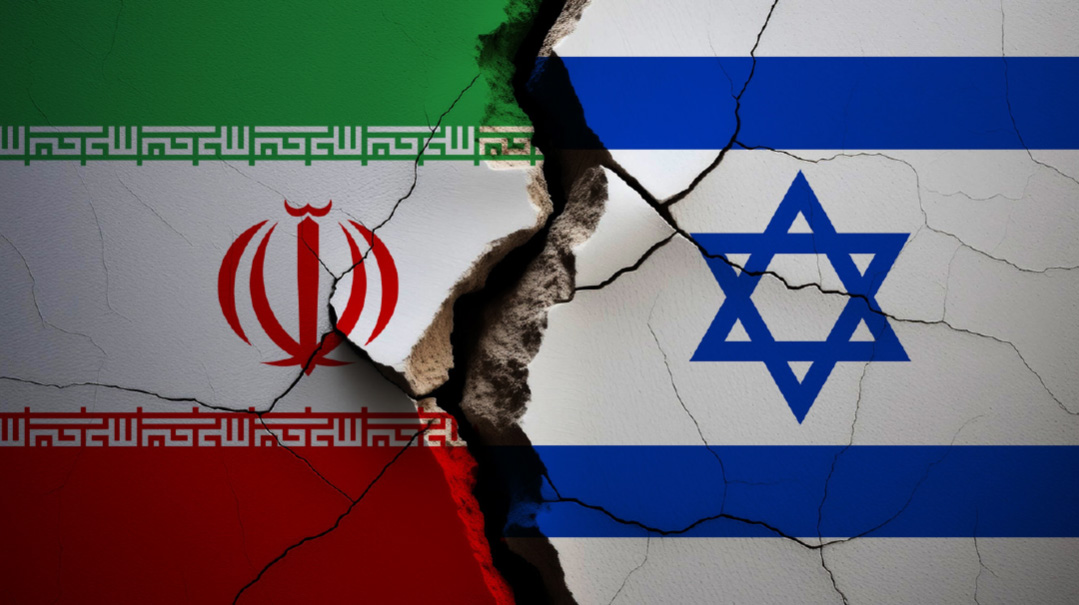Israel Strikes Iran in the Heart of Syria

In the wee morning hours of April 9, Israel sent a message to Syria, Iran, and Russia: It won’t be deterred from uprooting an Iranian military presence in Syria

L
ebanese media outlets report that two Israeli jets fired missiles at the Tiyas military base near Homs, Syria, as they hovered over the Mediterranean Sea near Jounieh, north of Beirut. Fourteen Iranian servicemen were reportedly killed in the attack.
The latest alleged Israeli strike in Syria is meaningful if only because it directly targeted Iranian facilities and soldiers. Russia claims Israel did not warn it of the strike on the base, where its military advisors could have been present.
The attack comes after Russia, Iran, and Turkey held a trilateral summit in Ankara on April 4 to discuss the “new order” in Syria, or a dividing of the spoils after the triumph of Syrian dictator Bashar al-Assad on the battlefield. Though the matter seems to be subject to some debate, it also appears likely that President Trump will withdraw US troops from Syria later this year, further cementing the Syria-Iran-Russia axis. This, despite President Trump labeling Assad an “animal” on Twitter for his government’s poison gas attack on Douma last week, which killed dozens and wounded hundreds.
Douma is located in the rebel-controlled enclave of Ghouta in the suburbs of Damascus, which in recent weeks have been heavily bombarded by Assad forces as part of an operation to wrest control from the rebels. More than 1,600 people have been killed in the offensive, and tens of thousands have been forced to flee their homes.
Ghouta was the scene of an Assad chemical attack early in the civil war, in August 2013, when close to 1,500 civilians were killed, including 400 children, leading then-president Barack Obama to threaten Assad with a military strike. Ultimately, the US backpedaled on that threat, after reaching an agreement with Russia to dismantle the regime’s supply of chemical weapons.
Closer to the Israeli border, the Syrian dictator maintains control over only a small part of the Syrian Golan Heights, from New Quneitra and northward toward the village of Khader and the Syrian Hermon. From that point northward, Assad maintains a relatively stable foothold. IDF maps show a narrow red strip, representing the Assad regime, in the northern Golan; a wide area, from old Quneitra and southward, colored in green and representing the various rebel groups (some of which are friendly to Israel, relatively speaking); and a narrow black strip in the south, near the three-sided Syrian-Israeli-Jordan border, controlled by the local cell of Islamic State.
The Assad regime is growing in confidence with each passing day. Recently, there has been a marked increase in the numbers of fighters allied with Assad in New Quneitra, Khader, and the surrounding area. The Syrian army went so far as to place tanks and cannons in the buffer zone near the border, in clear contravention of the 1974 treaty with Israel, signed in the wake of the Yom Kippur War. Israel is expected to complain to the UN, but the world body can do little to enforce the treaty, since it has withdrawn most of its representatives from the camps in the Syrian side of the Golan. Hikers who came to the Golan over Pesach couldn’t miss the UN soldiers at improvised lookout points on Mount Bental, observing Syria from a safe distance.
Last year, when the treaty was signed to limit the conflict in southern Syria, the Russians and Americans ignored the Israeli demand to move the Iranians and Shiite militias to a distance of up to 50 kilometers from the Israeli border. The Iranians are not currently present in the border area, but Assad is, and with him are Hezbollah forces.
(Excerpted from Mishpacha, Issue 705)
Oops! We could not locate your form.







